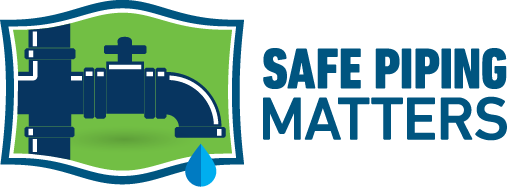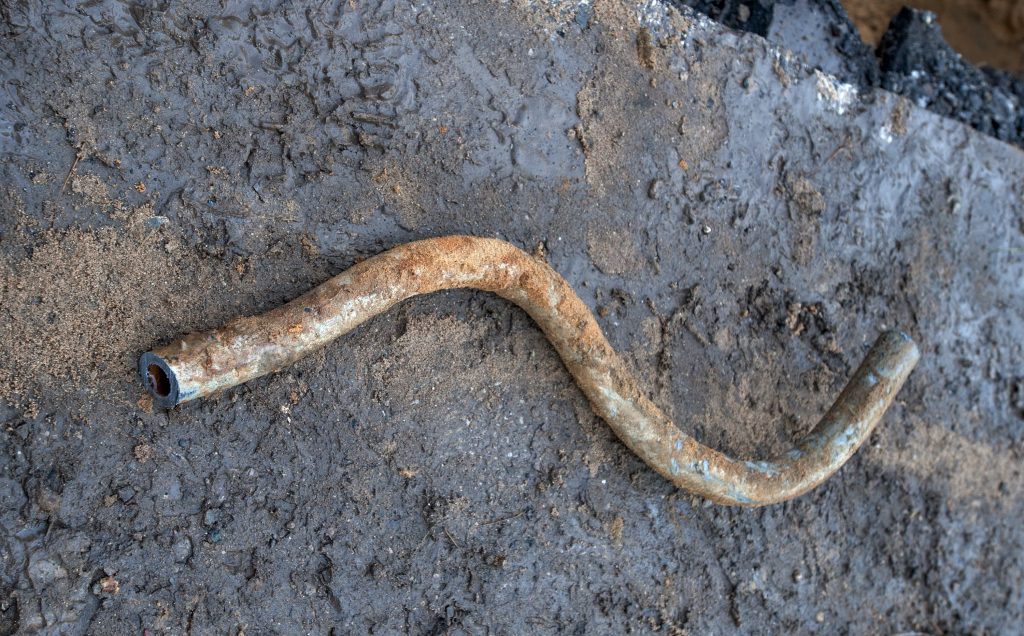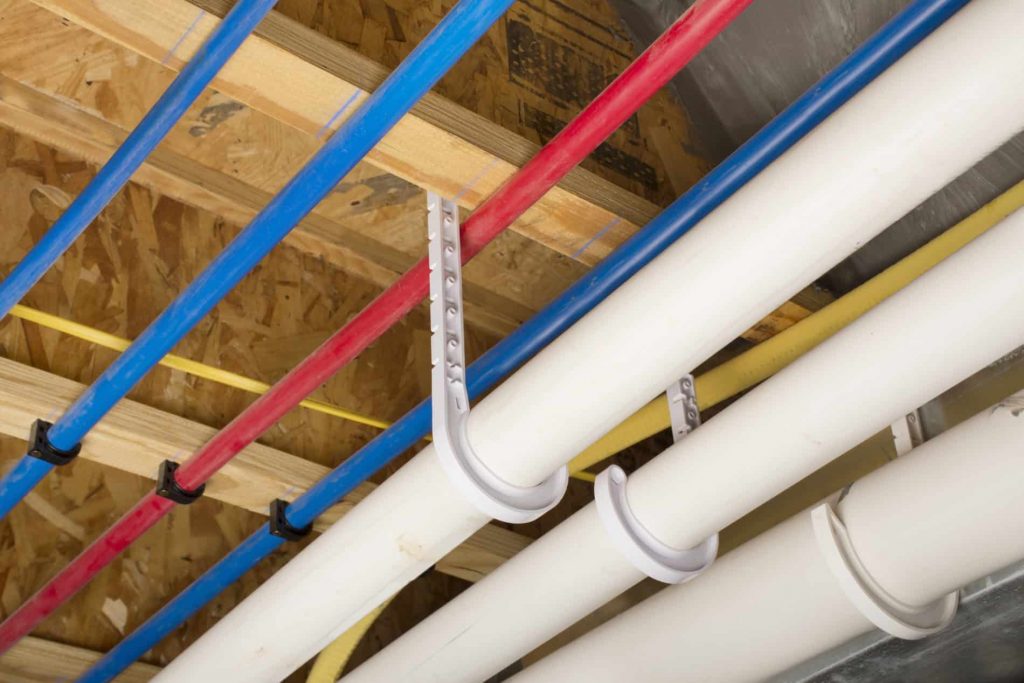Leaching
Leaching occurs when water interacts with pipe materials, causing substances to migrate into the water supply. The health risks vary depending on the pipe material. PVC and other plastic pipes have been found to leach benzene, phthalates, vinyl chloride, and microplastics that have links to cancer, developmental issues, and organ dysfunction.
Overview: Leaching Concerns
Chemical interactions between water and piping materials — typically oxidation — and the principles of osmosis mean all piping materials leach substances into water to some degree. Some materials are far safer than others, however. For example, lead pipes and fittings have emerged as a serious public health threat in homes, schools, and businesses with aging plumbing.
The leaching impacts of commonly used materials such as plastic and some metals are not as well known. Here’s an overview based on current research:
- Lead Leaching – Lead is an established neurotoxin and dangerous to human health; history teaches that prolonged lead exposure can lead to a range of serious conditions. According to the Environmental Protection Agency, no level of lead exposure is safe. Water crises in communities across the country show the impacts of lead contamination and explain why recent infrastructure investments seek to replace lead with safer piping materials.
- Plastic Leaching – Research into leaching from plastic pipes has found scores of chemicals that pass into drinking water from plastic piping, fittings, and the solvents/glues used to bind them. These substances — including carcinogens such as benzene — leach from pipe walls over time, especially plumbing exposed to heat or hot water. Disinfectants used by water companies also can interact with plastic pipes, producing secondary chemicals.
- Copper, Iron, & Steel Leaching – These common pipe materials leach metal particles at levels generally regarded as safe.
The Rise and Fall of Lead Piping
Lead piping was used in almost every major U.S. city for many plumbing applications in 1900, including to transport drinking water. Millions of lead pipes are still in in use across the country. As demonstrated by Flint, Michigan; Milwaukee, Wisconsin; Newark, New Jersey and many other communities, these pipes can present a serious threat to water quality. Read more >
Plastic Leaching into Water Systems: A Problem for Green Buildings?
Interest in sustainably designed buildings continues to grow among building owners and facility managers. In fact, according to a recent study conducted by the U.S. Green Building Council, 27 percent of respondents said green projects made up over 60 percent of their work; furthermore, nearly half of respondents estimated green projects will surpass 60 percent of their work by 2021. Read more >
Related Articles
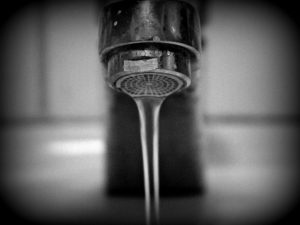
Chemical Leaching from Plastic Pipes
Andrew Whelton’s latest study confirms that plastic drinking water pipes release benzene and other volatile organic compounds (VOCs) into the water supply when exposed to extreme heat.
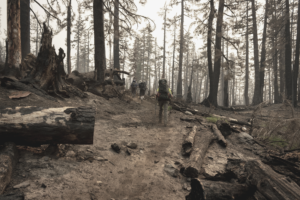
WILDFIRES: After the blazes: poisoned water and a ‘flood on steroids’
Historic wildfires raging from California to Colorado are weakening watersheds and setting the stage for deadly mudslides and flooding and, in some places, threatening to poison critical water supplies
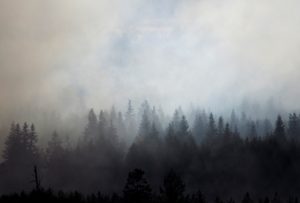
AWWA Study: Wildfire caused widespread drinking water distribution network contamination
This work outlines factors that influence wildfire-induced drinking water quality threats based on the findings from the Tubbs Fire (2017) and Camp Fire (2018) and explores scientific and policy issues.
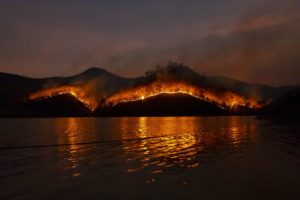
Top Piping Safety Researcher Urges Awareness & Action on Post-Wildfire Water Contamination
Top Piping Safety Researcher Urges Awareness & Action on Post-Wildfire Water Contamination
